Your dog isn’t being “bad.” They’re stressed — and it might be your fault.
That constant pacing? The sudden barking? The destroyed throw pillow? Those aren’t quirks. They’re signals. Your dog is anxious, and something in their world is throwing them off balance.
The worst part? You might be doing it without even realizing. From subtle habits to everyday routines, certain actions can crank your dog’s stress levels through the roof.
But don’t panic — we’ve got your back (and your dog’s tail). In this guide, we’re calling out 10 behaviors that quietly fuel your dog’s anxiety — and showing you 8 calming techniques that actually work. It’s time to stop guessing and start creating a space where your pup feels safe, understood, and finally able to breathe.
Stop Yelling at Your Dog

Raising your voice may seem like a quick fix when your dog misbehaves, but it often exacerbates anxiety. Dogs respond to tone and volume, not just words. When you yell, it can be frightening, leading to confusion and stress.
Instead of shouting, try to communicate in a calm, firm voice. Use positive reinforcement to guide behavior. This approach not only builds trust but also creates a more serene environment.
Remember, patience is key. By maintaining a levelheaded demeanor, you help your pet feel secure and understood, reducing overall anxiety.
Avoid Inconsistent Routines
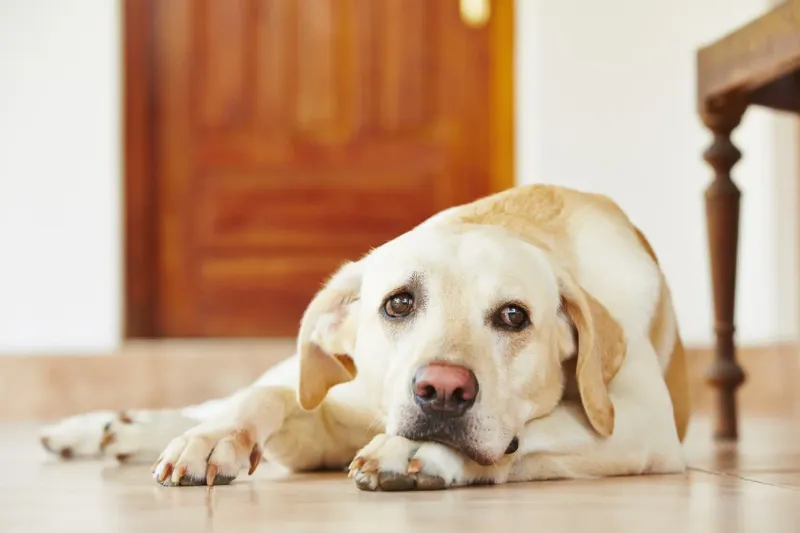
Dogs thrive on routine, and inconsistency can lead to anxiety. When meal times, walks, or play sessions are erratic, it unsettles them. A consistent routine provides a sense of security and predictability that dogs crave.
Create a daily schedule and stick to it as closely as possible. This consistency helps your dog know what to expect, reducing anxiety and promoting well-being.
If changes are unavoidable, try to introduce them gradually, allowing your dog to adjust without becoming overwhelmed or stressed.
Stop Overexposure to Loud Noises
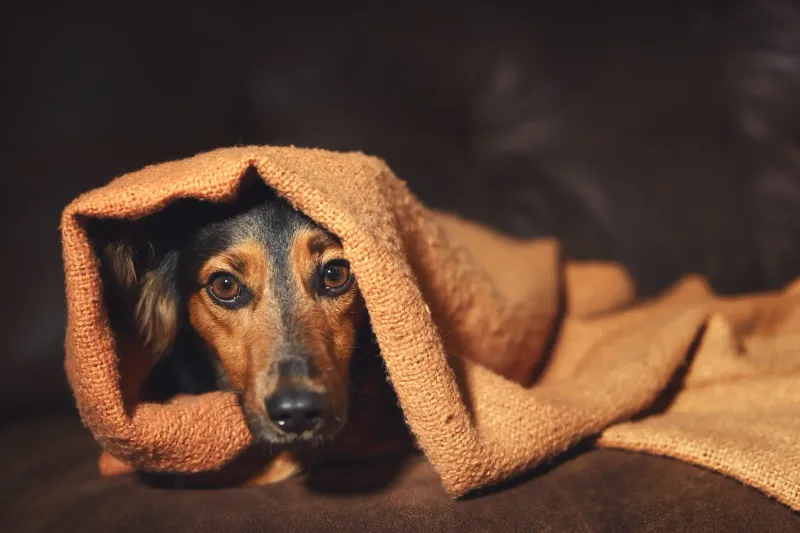
Loud noises, such as thunderstorms or fireworks, can trigger anxiety in dogs. The sudden, unpredictable sounds can be terrifying and cause panic.
Try to shield your dog from these noises by creating a safe, quiet space. Use calming music or a white noise machine to mask disruptive sounds.
During these events, stay with your dog to provide comfort and reassurance. Your presence can be soothing, helping them cope with their fears and lessening the anxiety they feel.
Avoid Leaving Your Dog Alone for Too Long
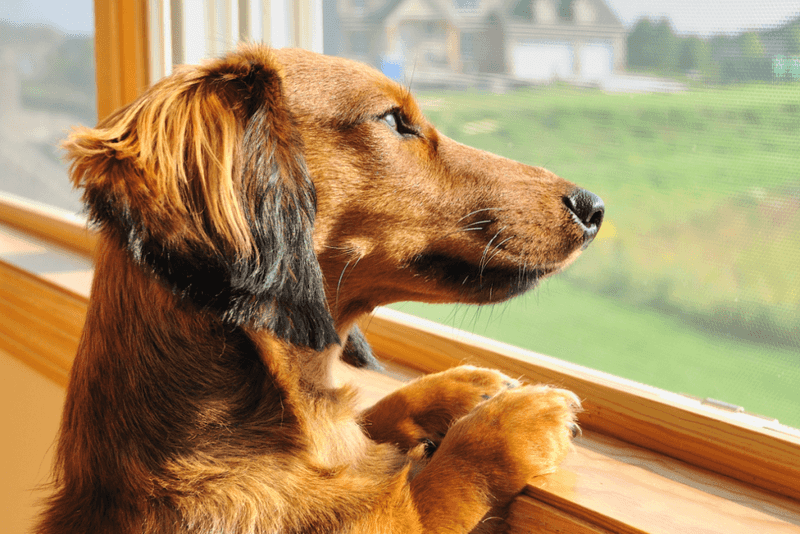
Leaving your dog alone for extended periods can lead to separation anxiety. Dogs are social creatures who thrive on companionship, and prolonged isolation can be distressing.
Ensure that your dog has company, whether it’s a human or another pet. If you must leave for work, consider hiring a dog walker or using dog daycare services.
These options provide interaction and stimulation, helping to reduce feelings of loneliness and anxiety when you’re not home.
Stop Ignoring Body Language Signs

Understanding your dog’s body language is key to addressing their anxiety. Signs like tucked tails, lowered ears, or excessive licking indicate stress.
Pay attention to these physical cues and respond with comforting actions. Engage in activities that your dog enjoys, like playing or going for a walk, to alleviate their anxiety.
Awareness and timely response to your dog’s body language foster a deeper bond and help manage anxiety effectively.
Avoid Lack of Mental Stimulation
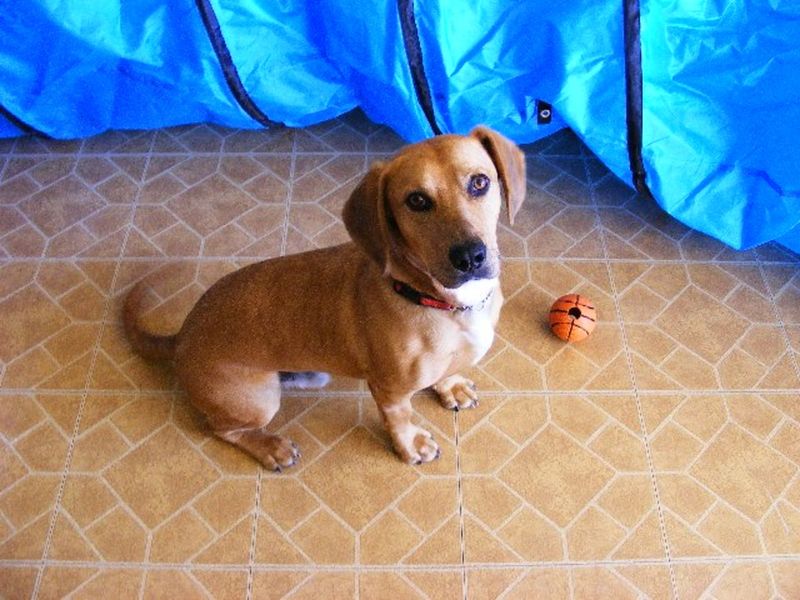
Boredom can lead to anxiety in dogs, especially if they lack mental stimulation. Without engaging activities, dogs may become restless and anxious.
Provide toys and puzzles that challenge your dog’s mind. Regularly change these toys to keep them interesting and engaging.
Engaging your dog’s brain through play and training sessions helps reduce anxiety, improves behavior, and keeps them happy and fulfilled.
Don’t Skip Regular Exercise
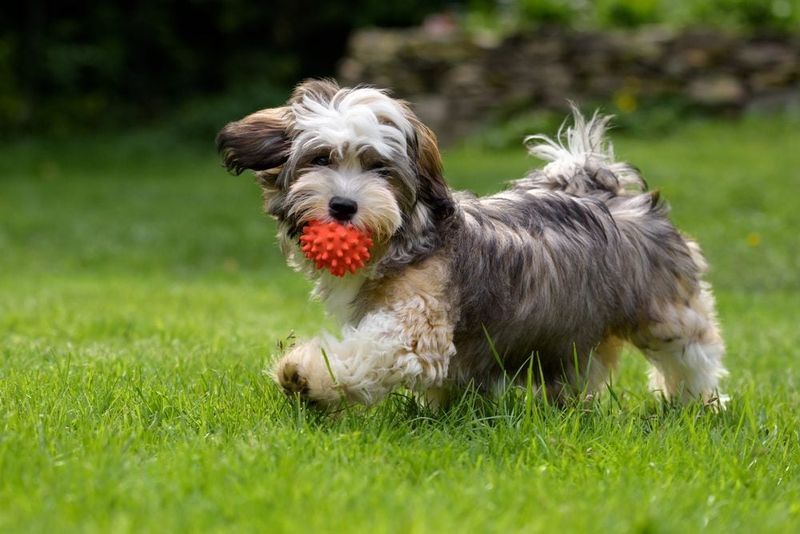
Exercise is essential for reducing anxiety in dogs. Lack of physical activity can lead to pent-up energy, causing stress and behavioral issues.
Regular walks, runs, or play sessions help burn off excess energy and release endorphins, which have a calming effect.
Adapt the level of exercise to your dog’s age, breed, and health, ensuring they remain active and content.
Avoid Negative Reinforcement

Negative reinforcement can increase anxiety in dogs. Punishing bad behavior may seem effective but often leads to fear and confusion, worsening anxiety.
Instead, focus on positive reinforcement techniques. Reward desired behaviors with treats, praise, or affection. Encouragement fosters a positive environment where your dog feels safe to learn and grow.
This approach builds confidence and reduces anxiety, promoting a more harmonious relationship between you and your pet.
Avoid Excessive Exposure to Strangers
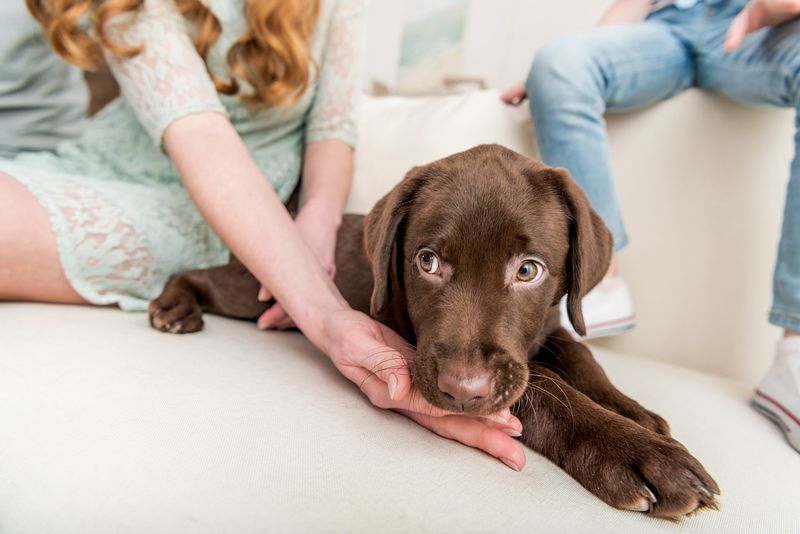
Overwhelming your dog with strangers can lead to social anxiety. Not all dogs are comfortable with unfamiliar people, and constant exposure can be stressful.
Introduce your dog to new people gradually, allowing them to approach at their own pace. Provide treats and encouragement for positive interactions.
Respecting your dog’s boundaries fosters confidence and reduces anxiety over time.
Stop Overfeeding
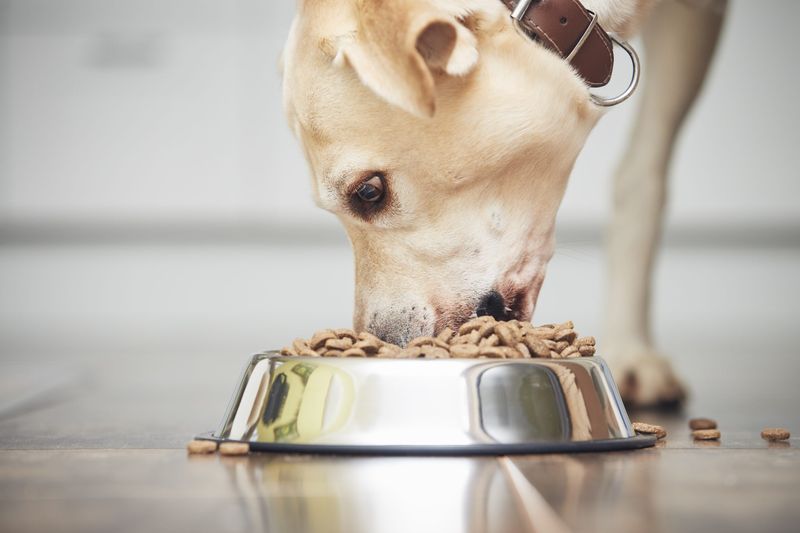
Overfeeding your dog can lead to health issues and anxiety. An unbalanced diet may affect mood and behavior, contributing to stress.
Provide a well-balanced diet tailored to your dog’s age, size, and activity level. Consult a veterinarian for dietary recommendations if needed.
Proper nutrition supports overall health, helping to prevent anxiety-related problems.
Try Aromatherapy

Aromatherapy can be a soothing approach to calming an anxious dog. Certain scents, like lavender and chamomile, have calming properties.
Introduce these scents through diffusers or sprays in areas where your dog spends time. Ensure the scents are safe and non-irritating for pets.
A gentle aroma can create a serene atmosphere, helping to ease anxiety and promote relaxation.
Use Calming Music

Music can have a calming effect on dogs, much like it does on humans. Soft classical or instrumental music can help soothe an anxious pet.
Play calming music during stressful situations, like thunderstorms or when you leave the house.
This auditory comfort can reduce anxiety levels, creating a peaceful environment for your dog to relax in.
Create a Safe Space
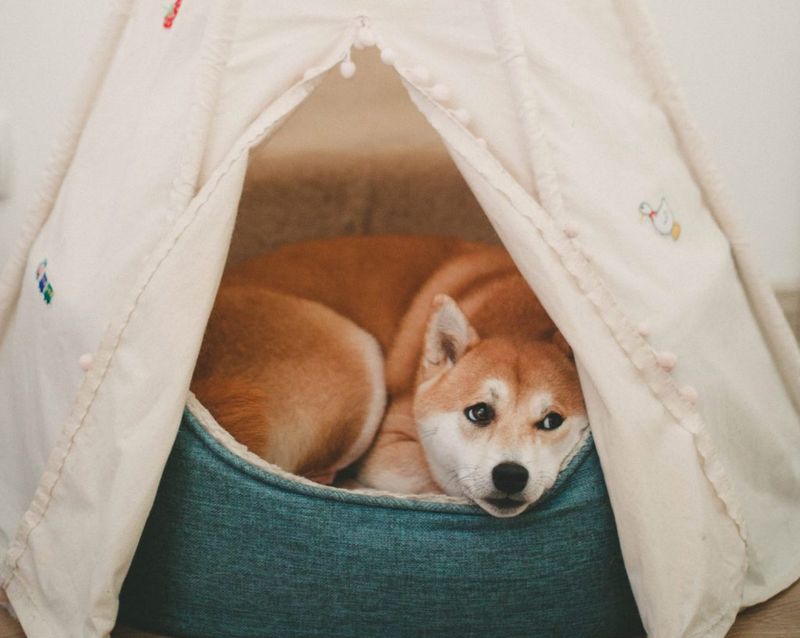
Providing a safe space is crucial for an anxious dog. A dedicated area where your dog can retreat can provide comfort and security.
Include a comfortable bed, favorite toys, and blankets in this space. Ensure it’s quiet and away from high-traffic areas.
A safe haven helps your dog manage stress, offering a place to decompress when overwhelmed.
Try Massage Therapy

Massage therapy can be a calming technique for dogs suffering from anxiety. Gentle massages help relax tense muscles and reduce stress.
Use slow, gentle strokes along your dog’s back, focusing on areas they enjoy. Pay attention to their comfort level and adjust as needed.
Regular massage sessions strengthen the bond between you and your pet while promoting relaxation and anxiety relief.
Introduce Dog-Friendly Herbs

Certain herbs, like chamomile and valerian root, are known for their calming effects on dogs. These can be introduced through teas or supplements.
Consult your veterinarian before adding any herbs to your dog’s diet to ensure they’re safe and appropriate.
Herbal remedies can be a natural way to help ease anxiety, supporting overall well-being.
Practice Training with Positive Reinforcement

Training can be a positive outlet for an anxious dog. Using positive reinforcement builds trust and confidence, helping reduce anxiety.
Reward your dog with treats and praise for following commands or displaying good behavior.
Consistent training sessions not only improve behavior but also provide mental stimulation, enhancing your dog’s comfort and security.
Use a Weighted Blanket

Weighted blankets aren’t just for humans; they can soothe anxious dogs, too. The gentle pressure can have a calming effect, similar to a hug.
Introduce the blanket gradually, ensuring your dog feels comfortable and not restricted. Observe their reaction and adjust accordingly.
This comforting tool can help your dog relax, providing warmth and security when needed.
Engage in Regular Socialization
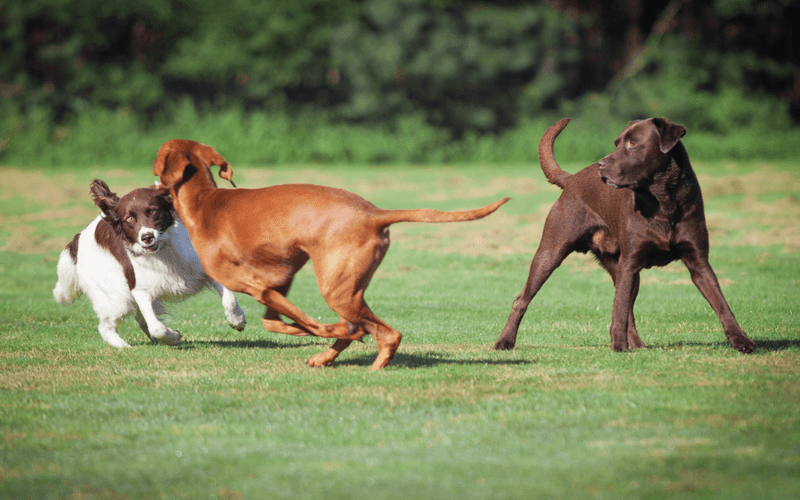
Socialization is essential for managing anxiety in dogs. Regular interaction with other dogs and people helps build confidence and adaptability.
Organize playdates or visit dog parks where your dog can engage with others in a controlled environment. Monitor their comfort level and intervene if necessary.
Positive social experiences reduce anxiety, fostering a well-rounded and happy pet.

